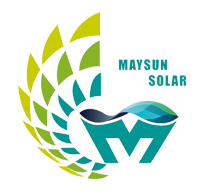Bifacial Solar Panels
Bifacial photovoltaic modules are available in two types: single-glass bifacial modules and double-glass bifacial modules. Single-glass bifacial modules are lightweight and suitable for rooftop installations, while double-glass bifacial modules provide greater resistance to weather conditions, making them ideal for ground-mounted installations and complex environments. Maysun Solar utilizes technologies such as PERC, TOPCon, and HJT to offer highly efficient and durable bifacial photovoltaic modules, the perfect choice for maximizing photovoltaic yields!

What is a bifacial solar panel?
A bifacial solar panel is a solar energy generation device composed of solar cells capable of producing energy from both the front and rear sides. This allows the panels to capture energy from both direct sunlight and reflected light, thereby increasing the efficiency of energy utilization.
The solar cells in bifacial panels are identical to those in monofacial solar panels, with the only difference lying in the panel design. Traditional monofacial panels use an opaque backsheet, whereas bifacial solar panels incorporate a reflective backsheet or a double-glass layer, enclosing the solar cells between these two layers. This allows both sides of the panel to receive sunlight. Consequently, bifacial solar panels offer superior efficiency by capturing sunlight from both surfaces.
Why choose bifacial solar modules?
Increased energy production
Production on both sides, with a rear-side gain of 10% to 25% under normal conditions and over 30% on highly reflective surfaces such as snow.
Lower degradation
Double-glass or transparent backsheet structure, with degradation <2% in the first year and residual power above 80% after 25 years.
Excellent performance in low light conditions
High-efficiency cells (PERC, TOPCon, HJT) for optimal production in low-light conditions, increasing generation times by 10% to 15%.
Low loss at high temperatures
Power coefficient around -0.35%/°C, with only a 7% loss for a 20°C increase.
High mechanical strength
The double-glass structure provides greater resistance to wind, snow, and impacts.
Reduced energy cost
Increased production and lower degradation reduce the levelized cost of energy (LCOE) by 5% to 15%.
What versions of bifacial photovoltaic modules are available at Maysun?





Comparison between bifacial photovoltaic and traditional monofacial photovoltaic
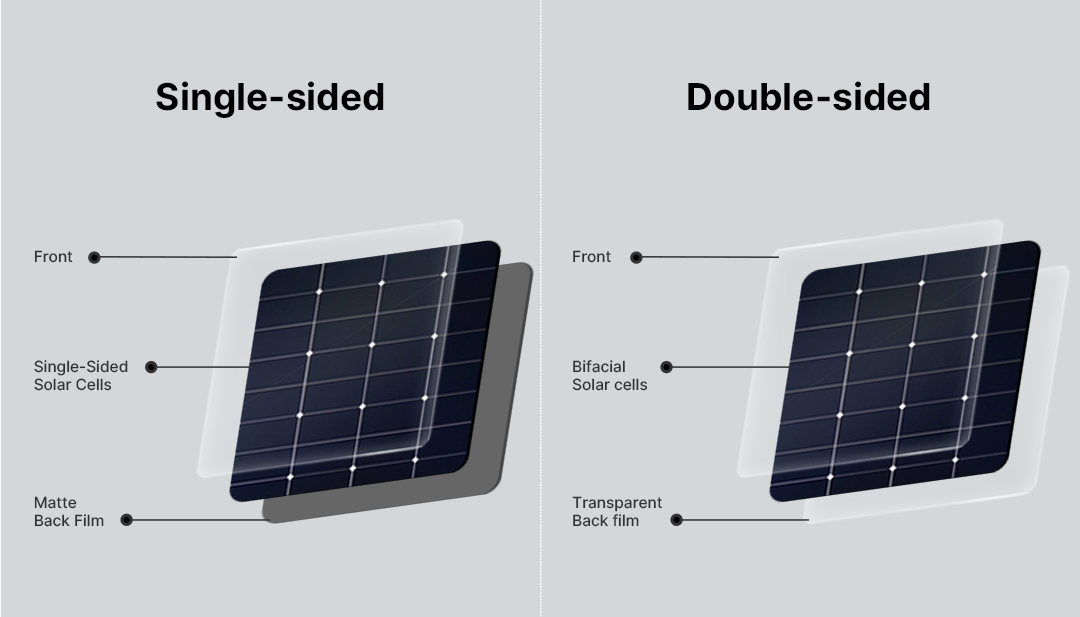
| Caractéristique | Panneaux Solaires Bifaciaux | Panneaux Solaires Monofaciaux |
|---|---|---|
| Surface de Génération | Les deux surfaces (avant et arrière) génèrent de l'énergie électrique | Peut absorber la lumière du soleil uniquement sur la face avant. |
| Gain arrière | Dépend de la réflectivité du sol, typiquement 10%-25%, dans des environnements à haute réflectivité (ex. neige), peut dépasser 30%. | Aucun |
| Matériaux d'encapsulation | Habituellement verre double (modules à double vitrage) ou verre + backsheet transparent | Habituellement verre + backsheet (ex. TPT, TPE, etc.) |
| Dégradation de la puissance | Première année <2 %, après 25 ans >80 % (certains produits atteignent plus de 85 %) | Première année généralement 2%-3 %, après 25 ans environ 80 % |
| Réponse à la basse irradiation | Excellente, meilleures performances de production dans des conditions de faible luminosité comme le matin, le soir et les jours nuageux | Relativement faible |
| Coefficient de Température | Faible, généralement autour de -0,35%/℃ | Relativement élevé, généralement autour de -0,4%/℃ |
| Résistance Mécanique | Élevée, la structure en double verre offre une meilleure résistance à la pression du vent et à l'accumulation de neige | Relativement faible |
| Poids | Relativement lourd (modules à double verre) | Relativement léger |

How much additional energy can bifacial solar panels generate?
The additional energy generated by bifacial solar panels depends on several factors, including the installation location, tilt angle, and reflective surface. Generally, the rear side efficiency ranges from 70% to 95% compared to the front side, though it is not a complete doubling. On average, bifacial panels can generate up to 25%-30% additional energy.
Optimal performance is typically achieved in areas located above 40° latitude, where the sun is lower. The ideal installation angle ranges from 30° to 35°, while vertical installations (especially east-west oriented) can effectively contribute to increased energy production.

Together for a green future
Maysun Solar is committed to consistently delivering innovative and efficient photovoltaic products. Partner with us and join the renewable energy revolution in Europe!
FAQ
Yes, bifacial solar panels can be installed on the roof. However, if the installation does not allow sufficient light exposure to the rear side, efficiency may be reduced. These panels perform better on flat commercial roofs or in ground-mounted systems.
The greater the distance between bifacial panels and a reflective surface, the higher the additional energy production. Additionally, leaving a gap between panels during installation is recommended to increase indirect radiation on each module.
Although the rear-side efficiency is lower than the front, according to a report by ArcVera Renewables, the average energy production gain ranges between 3% and 10%. This figure can reach up to 30% depending on the albedo, structure height, and ground coverage ratio (GCR).
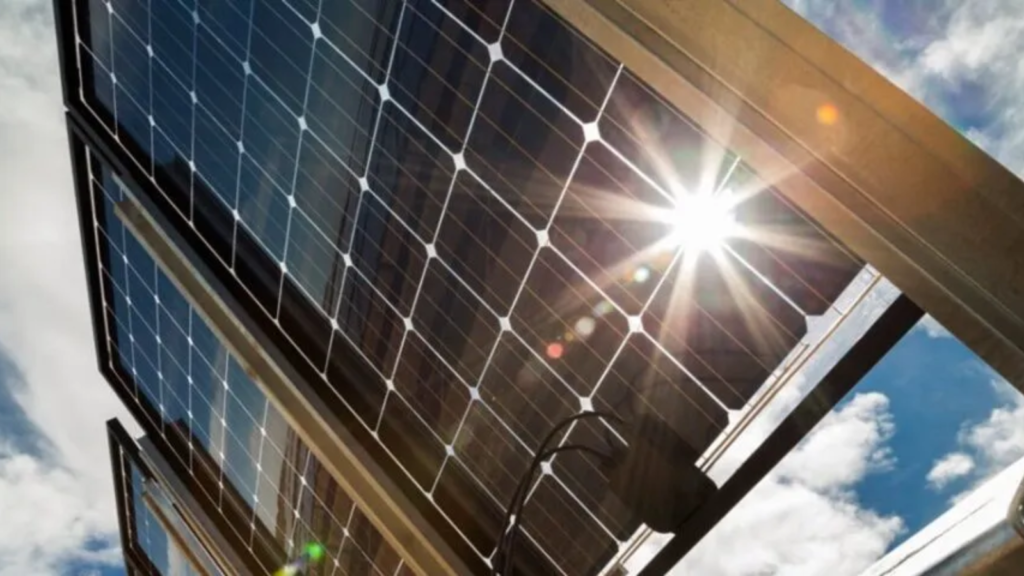
The Bifaciality of Solar Panels: A Comprehensive Guide from Principles to Applications
October 28, 2024
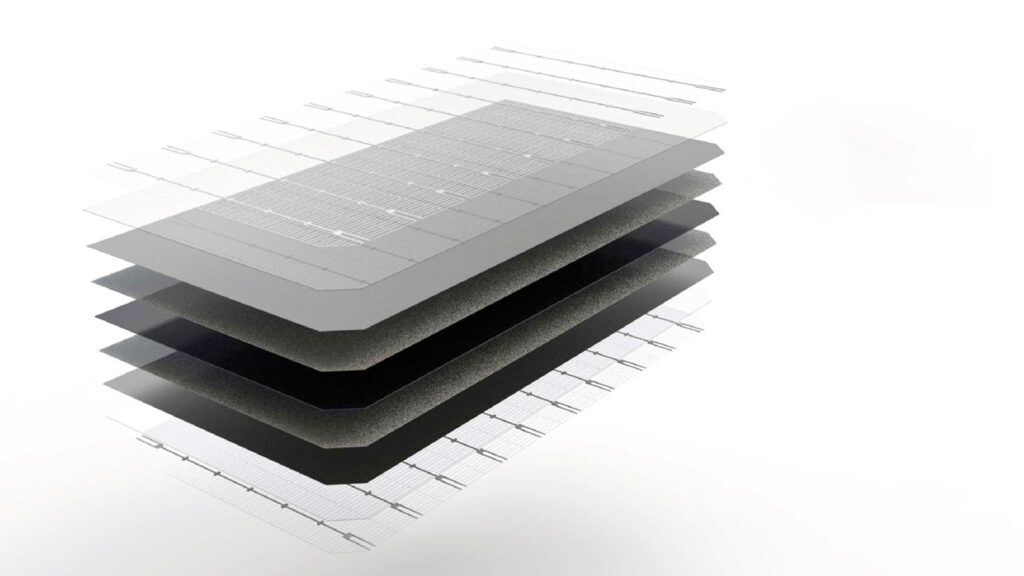
What Are Heterojunction Technology (HJT) Solar Panels: Advantages & Applications
November 29, 2023
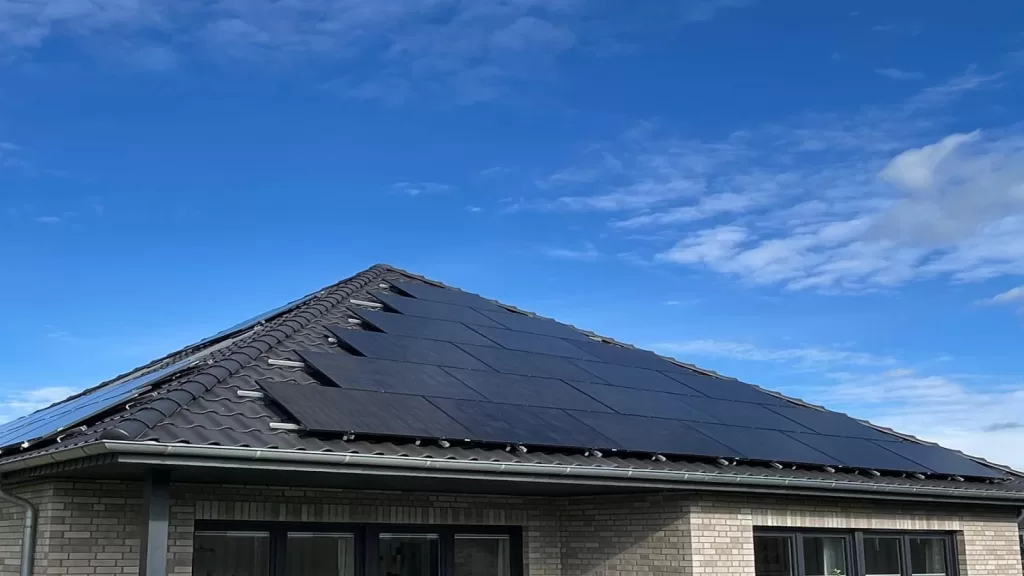
Solar Energy — How to best install bifacial photovoltaic modules?
1. Choose the appropriate installation site
Ground installation: Bifacial modules rely on light reflected from the ground, so it is recommended to use high-reflectivity materials such as white concrete, sand, or snow, with reflectivity reaching 80%-90%, thereby increasing energy production by 10%-30%.
Rooftop installation: Ensure that the rear of bifacial solar panels is not shaded by selecting areas without shadows, especially during peak sunlight hours.
2. Increase the distance between bifacial modules and the ground
The greater the distance between bifacial photovoltaic modules and the ground, the more significant the light reflection on the rear side, leading to increased energy production. A minimum distance of 50 cm is recommended, which can boost production by 10% to 20%.
3. Optimize the tilt angle
In high-latitude areas, the tilt angle should be set between 30° and 40%. In low-latitude areas, an angle between 15° and 20° is recommended to capture more reflected light. A south-facing orientation (in the northern hemisphere) is preferred.
4. Design of mounts and distances
Use dedicated mounts, ensuring a 15 to 20 cm gap between bifacial photovoltaic panels to prevent shading and enhance light reflection.
5. Optimization of reflectivity (albedo) and environment
Environments with high reflectivity (such as snow or white roofs) can significantly boost energy production. Snow, for instance, can have reflectivity up to 90%, increasing rear-side energy production by 30%-40%.
6. Cleaning and maintenance
Regularly clean the rear of bifacial solar panels, especially in areas with high levels of dust or smog. Keeping the rear side clean significantly enhances the efficiency of reflected light utilization.
7. Use of solar tracking systems
The use of single-axis or dual-axis solar tracking systems can increase energy production by 25% to 35%.
8. Plant height management
Maintain plants at a height of approximately 108 cm (42.5 inches) to ensure uniform lighting across the installation and prevent self-created shadows.
